 |
 |
 |
 |
 |
|
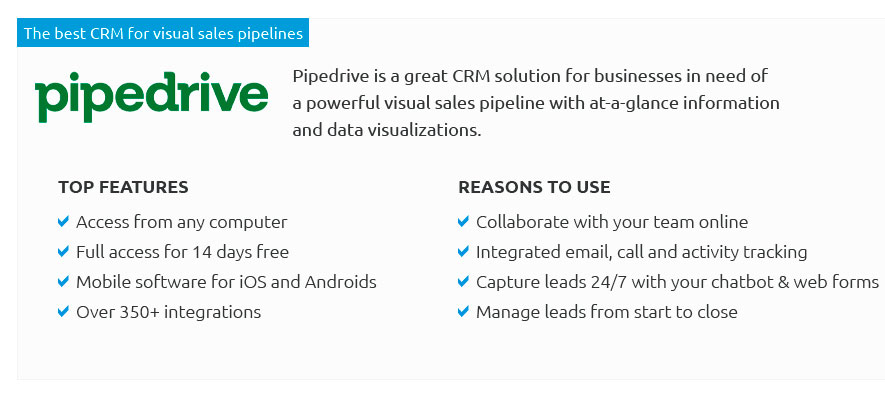 |
|
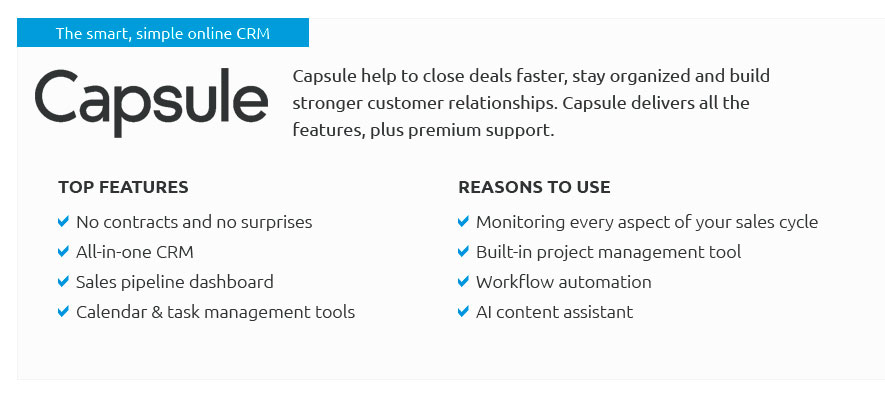 |
|
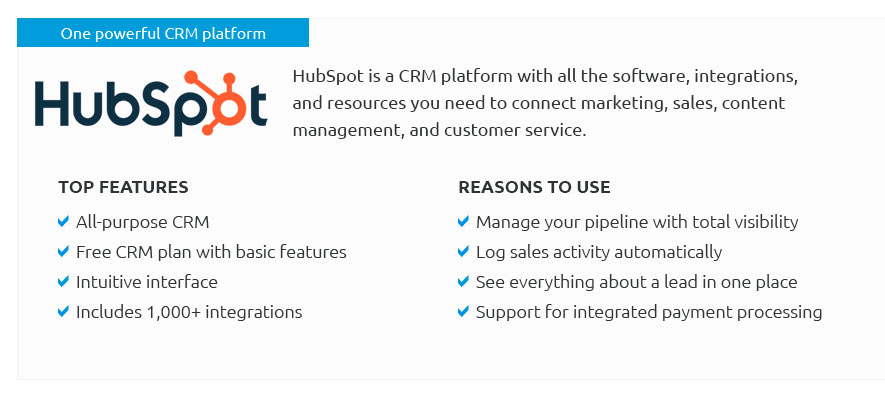 |
|
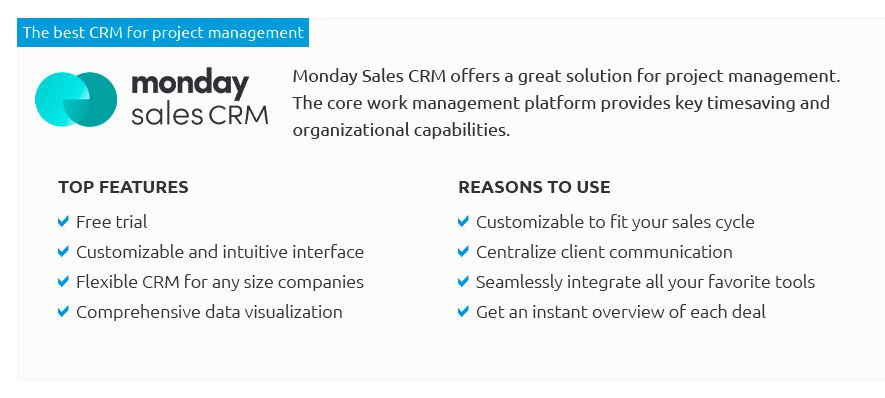 |
|
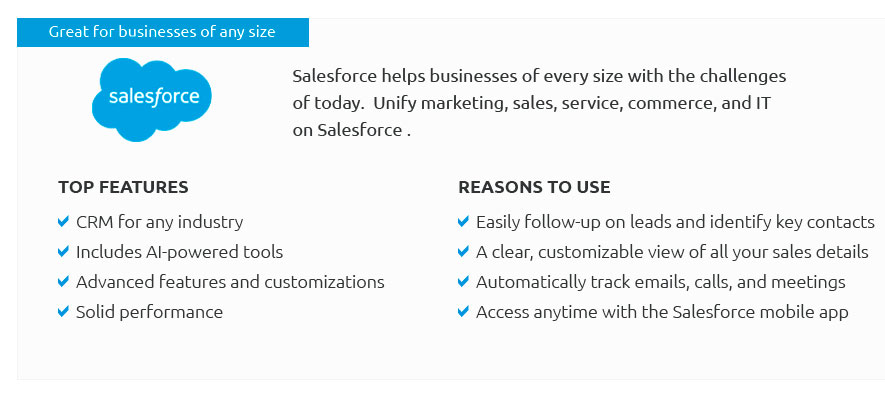 |
|
 |
 |
Understanding Reporting Dashboards: Frequently Asked QuestionsReporting dashboards have become integral in today’s data-driven world, providing businesses with the tools needed to visualize complex data sets and derive actionable insights. These dashboards are not just about pretty charts and graphs; they are about transforming data into a narrative that drives decision-making. In this FAQ-style article, we aim to demystify the concept of reporting dashboards and answer some of the most common questions surrounding their use and benefits. What is a Reporting Dashboard? A reporting dashboard is a visual representation of key performance indicators (KPIs), metrics, and other critical data points relevant to a business, department, or specific process. Dashboards consolidate and arrange numbers, metrics, and performance scorecards on a single screen. They provide a quick, at-a-glance view of how a business is performing, helping managers and analysts make informed decisions swiftly. Why are Dashboards Important? Dashboards are crucial because they provide insights into various aspects of business performance. They help in identifying trends, patterns, and anomalies, offering a real-time window into the organization’s performance. This immediacy allows businesses to react more quickly to changes, capitalize on opportunities, and mitigate risks. In an age where time is money, the ability to access information at your fingertips cannot be overstated. What Makes an Effective Dashboard? An effective dashboard should be intuitive, with a clear and concise presentation of data. It should align with the business’s goals and provide relevant information that aids in decision-making. Interactivity is another crucial feature; users should be able to drill down into details without getting overwhelmed. Furthermore, a good dashboard should be customizable, allowing users to tailor the data presentation to their specific needs and preferences. What Are the Different Types of Dashboards? Dashboards come in various forms, each serving distinct purposes. Operational dashboards monitor real-time processes and activities, providing a snapshot of current performance. Strategic dashboards focus on long-term goals and high-level metrics, helping executives track company performance against strategic objectives. Analytical dashboards delve deeper into data, providing insights through detailed analysis, often used by data scientists and analysts to inform strategic decisions. How to Choose the Right Dashboard Tool? Choosing the right dashboard tool involves considering several factors. First, determine the primary users and their needs. Different roles may require different types of data visualization. Next, consider the integration capabilities of the dashboard tool with existing systems and databases. Scalability is also important; the tool should be able to grow with your data needs. Lastly, evaluate the ease of use; a steep learning curve can hinder adoption and reduce the tool’s effectiveness. Can Dashboards be Customized? Yes, most modern dashboard tools offer a high degree of customization. Users can often choose which KPIs and metrics to display, set thresholds for alerts, and even personalize the visual aspects of the dashboard. Customization is vital because it ensures the dashboard remains relevant to the user’s specific role and business context, thus enhancing its utility and effectiveness. Are There Any Challenges with Dashboards? While dashboards offer numerous benefits, they also present challenges. One common issue is data overload; too much information can overwhelm users, leading to decision paralysis. Ensuring data accuracy is another challenge; inaccurate data can lead to misguided decisions. Additionally, dashboards require ongoing maintenance and updates to ensure they continue to meet the business’s needs and reflect the most current data. Conclusion In conclusion, reporting dashboards are powerful tools that, when used effectively, can transform data into a strategic asset. They offer clarity, enhance communication, and empower decision-makers to act with confidence. However, their success depends on careful planning, thoughtful design, and regular updates. By understanding and addressing the common questions and challenges associated with dashboards, businesses can fully leverage their potential to drive growth and innovation. https://databox.com/dashboard-reporting-best-practices
A dashboard report is an interactive visual representation of your essential business data that allows you to quickly gather vital information ... https://www.atlassian.com/work-management/project-management/dashboard-reporting
What is dashboard reporting? Dashboard reporting transforms essential business data into streamlined visual points. It uses charts, graphs, and timelines for ... https://www.jaspersoft.com/articles/what-is-dashboard-reporting
Dashboard reporting is a graphical depiction of an organization's key performance indicators (KPIs). Reports are created by pulling together data from existing ...
|